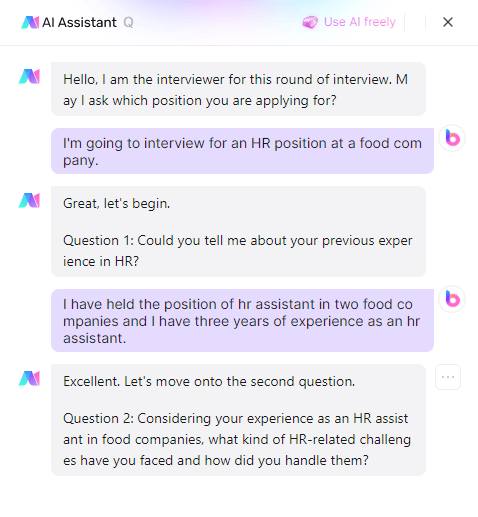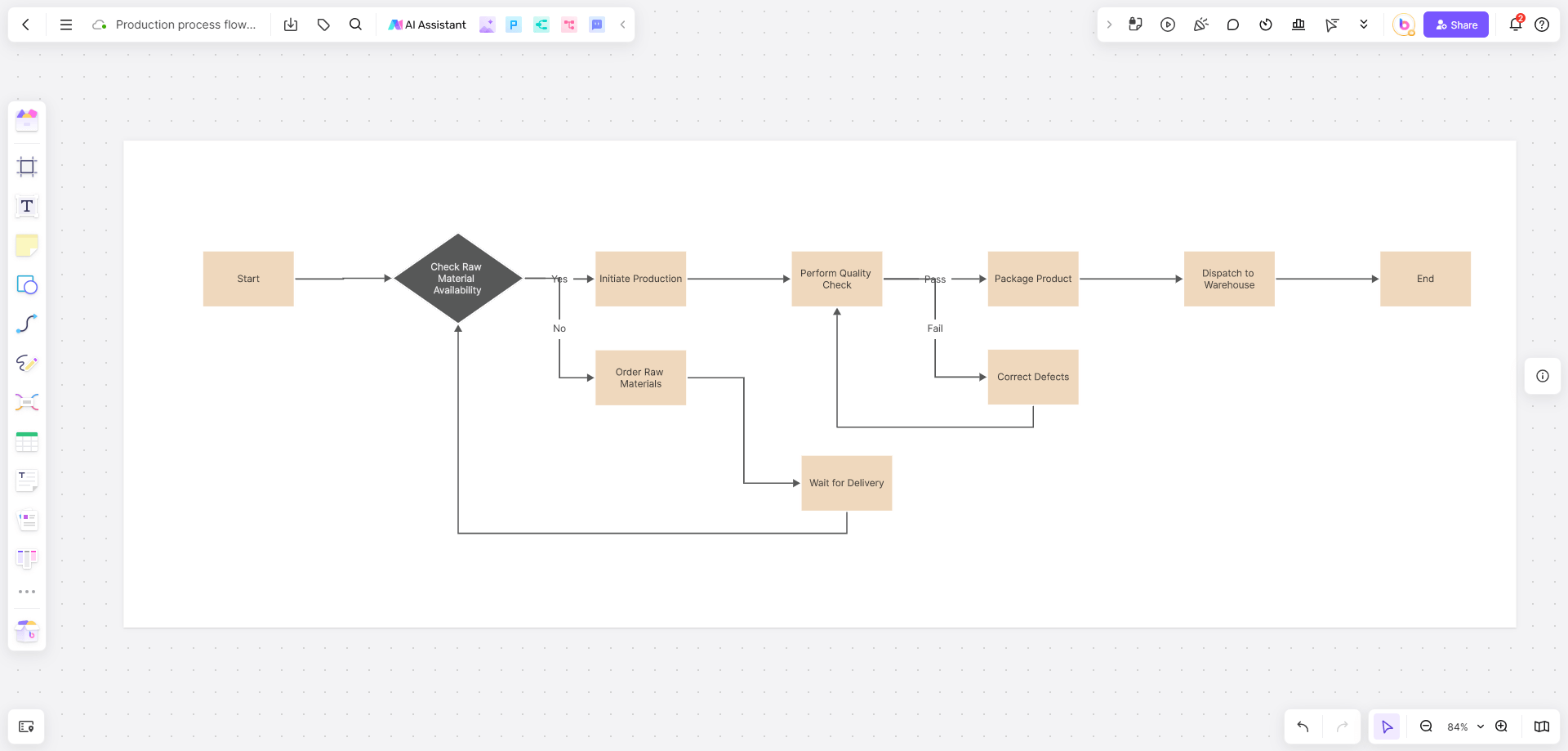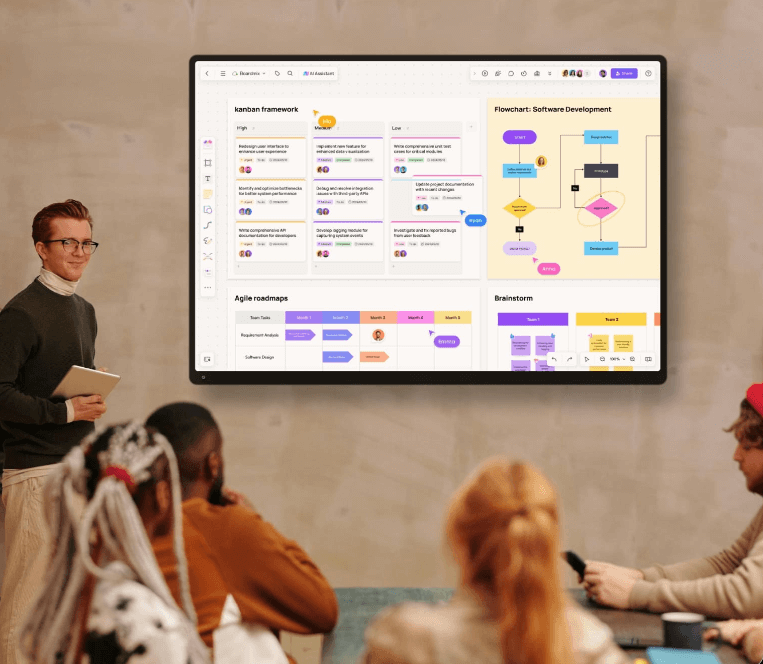The traditional value chain analysis template has great potential but also faces numerous challenges. For instance, large-scale businesses may find it challenging to retain a macro view and collect data. By successfully addressing these problems, Boardmix aims to reduce the obstacles to applying AI value chain analysis. By eliminating the human labor of traditional analysis, Boardmix AI makes the value hierarchy map more intelligent, quick, and attainable. Let's learn how to use value chain analysis with AI in this tutorial.
What is Value Chain Analysis?
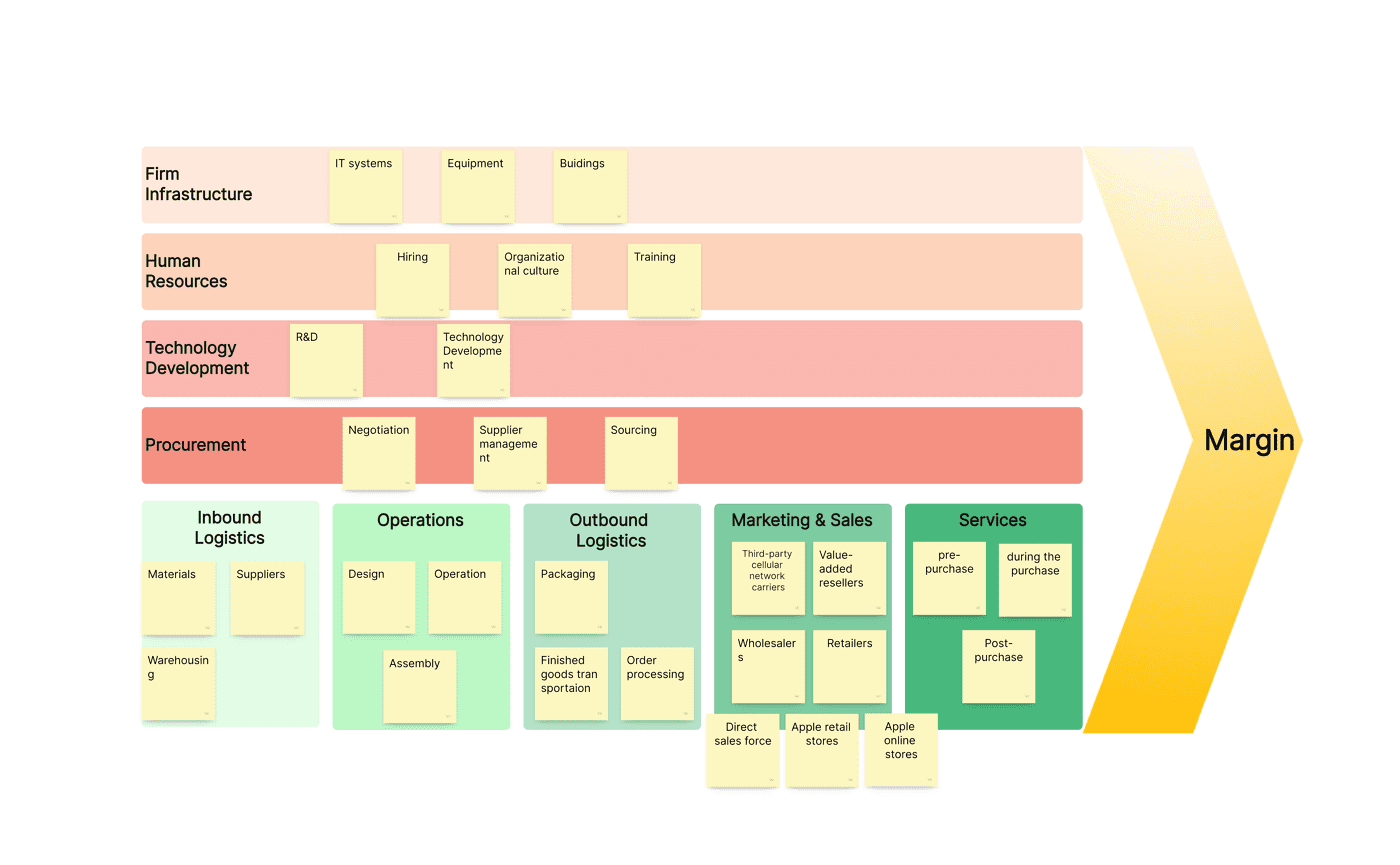
A business's total operations can be reviewed and examined using the value chain, which breaks down each link into primary and supporting activities and discusses how to add value to each one. Businesses can use this study to pinpoint areas like production, transportation, and promotion where the value of particular operations can be increased. Businesses can cut manufacturing costs and boost revenue by finding ways to cut expenses or improve the value of their products.
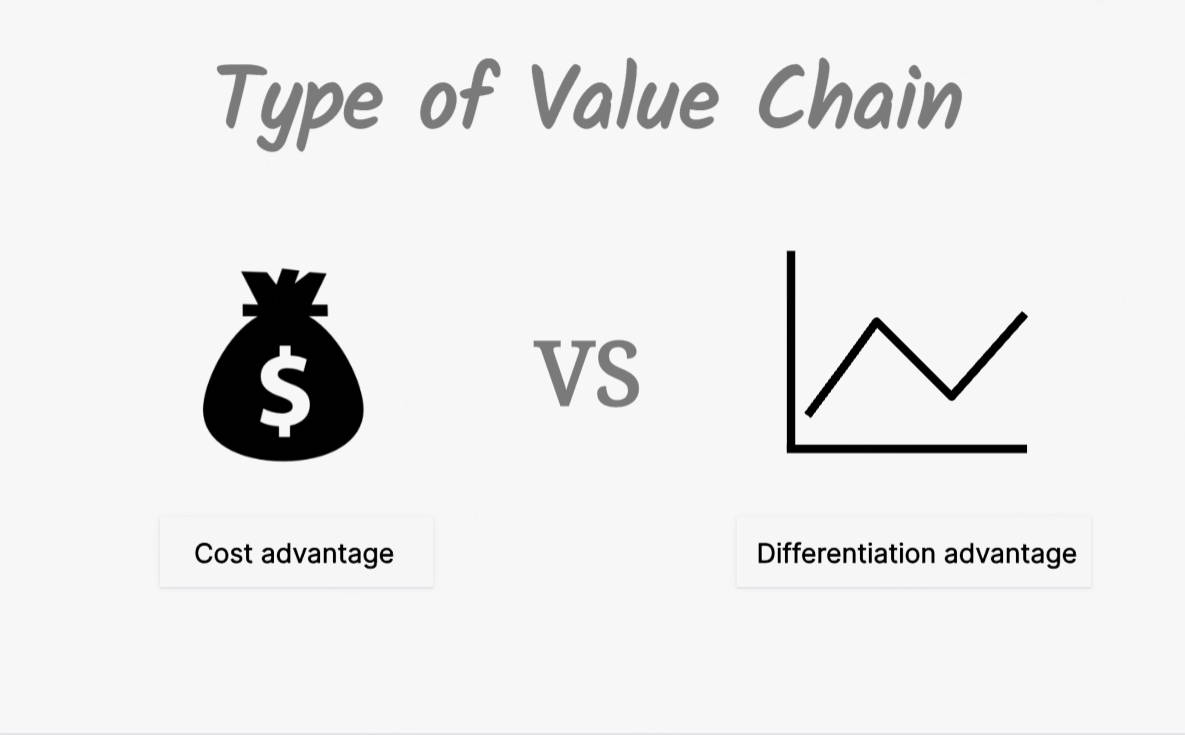
In general, the value chain can be separated into two categories in order to optimize earnings: cost advantage and differentiation advantage.
💡How the Value Chain Analysis Works?
The value chain analysis framework encourages businesses to understand points of value enhancement, inefficiencies, and opportunities for improvement. Businesses can save expenses and boost operational effectiveness by examining primary and supporting operations, identifying the relationships between them, and determining how they can boost profitability. For instance, customer service, marketing, operations, and inbound logistics.
Strong Motivations for AI Value Chain Analysis

Despite having a clear structure, traditional value chain analysis frequently struggles with slow response times and poor forecasting when working with complicated company data and quickly shifting markets. Companies are becoming aware of the enormous advantages big data and artificial intelligence (AI) may offer their operations. AI has the power to completely transform practically every industry, from gathering intricate data to automating procedures. Not surprisingly, value chain analysis powered by AI is emerging as a new tool for enterprise strategic management due to its data-driven and intelligent learning capabilities.
Step Guide: How to Use Value Chain Analysis with AI in Boardmix?
By incorporating AI into your value chain research, you may automate insights, find hidden inefficiencies, and assist your company in making better strategic decisions. AI value chain analysis may be done effectively and cooperatively with Boardmix's AI whiteboard. With the Boardmix AI assistant, easily generate value chain model. To swiftly build the value chain model and precisely pinpoint the enterprise's value-adding segments, just enter the essential business data. This is a detailed guide:
Step 1: Log in to Boardmix
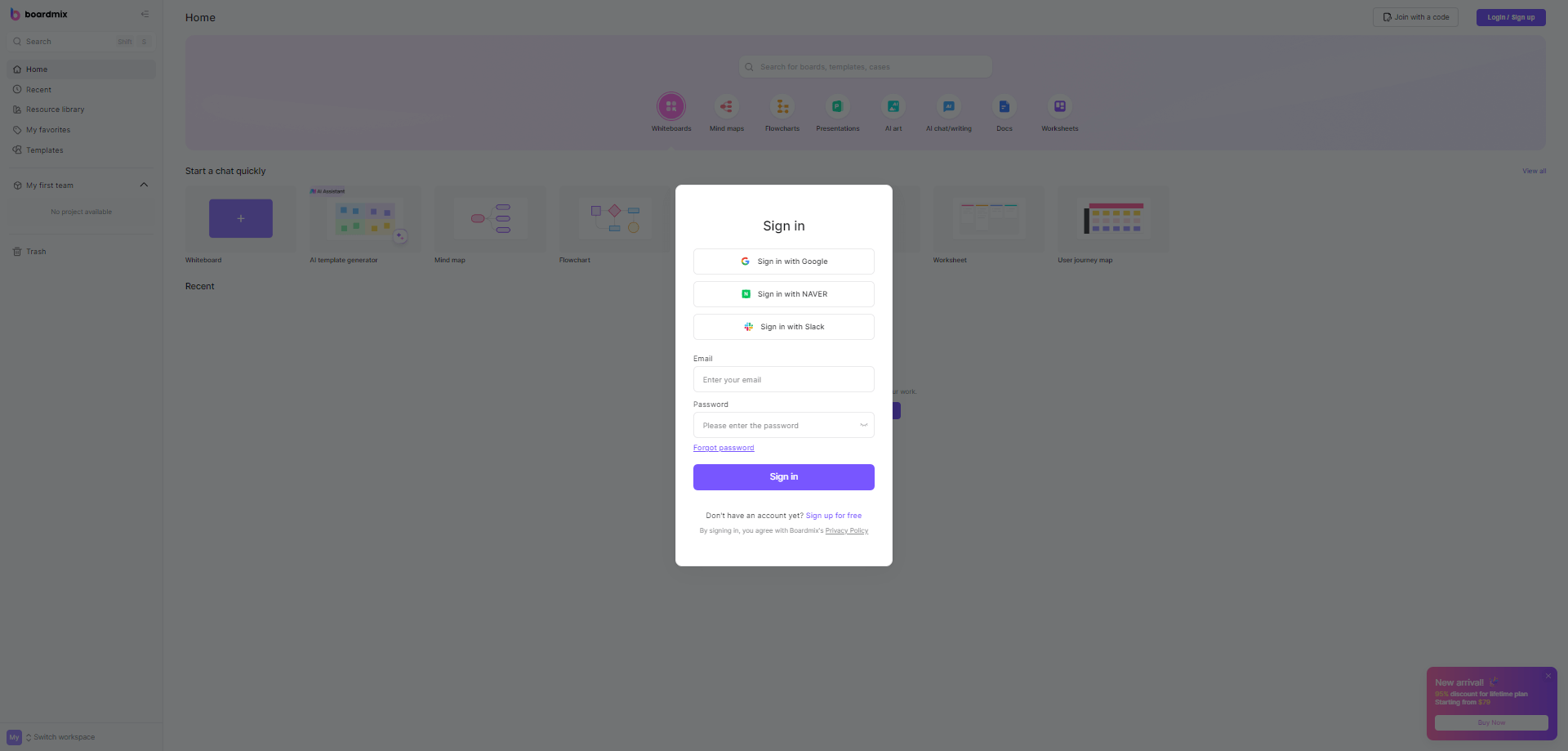
Go to Boardmix and sign in to your workspace to get started. You can sign up for free or select your favorite login option.
Step 2: Create your workbook

After successfully logging in, create your own workspace and then open a new whiteboard. You can also choose to generate a value chain in the template community.
Step 3: Generate Value Chain Model with AI

Navigate to the AI menu located in the bottom right corner of the canvas. Under "business report," select the "value chain analysis" option. Activate Boardmix AI and enter a prompt based on your business context. For example:
"Construct a value chain analysis for medical facilities."
AI will jumpstart your brainstorming process. In addition to technology, human resources, procurement, and infrastructure as support functions, the AI will create a structured value chain that includes inbound logistics, production and operation, outbound logistics, marketing & sales, and services.
Step 4: Use AI insights to enhance each component
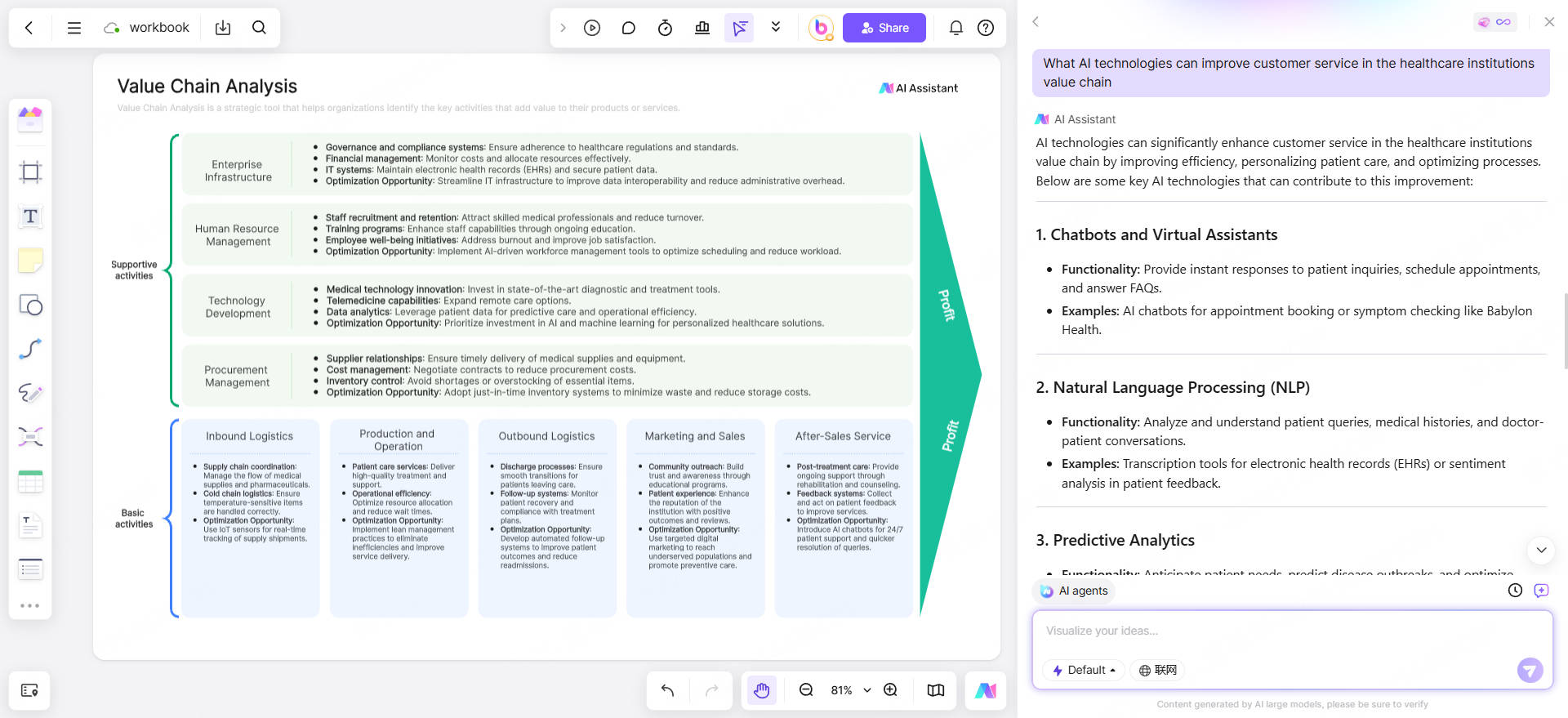
By selecting each activity, you can ask Boardmix AI to supply:
- Bottlenecks or pain spots
- Opportunities for AI automation
- Techniques for cost reduction or optimization
- Industry-specific standards
🌈An example of a prompt:
"What AI technologies can improve customer service in the healthcare institution value chain?"
Step 5: Choose your preferred layout

You can freely drag all the elements on the canvas to customize your value chain. At the same time, you can also find the community template library on the workbench to reference and choose your preferred value chain layout.
Step 6: Export and support strategic planning

Once finished, either embed the value chain into your strategic planning document or export it. Utilize AI to review on a regular basis and change the analysis in response to new company objectives or performance metrics. When dynamically measuring and monitoring the impact of value chain analysis, indicators such as production time, operating costs, customer satisfaction, and sales can be taken into account in relation to actual business operations.
2 Examples: Using AI Value Chain Analysis for Greater Profits
Combining value chain analysis with artificial intelligence (AI) not only reduces manual labor but also identifies strategic routes to possible opportunities as corporate operations grow more complicated. After learning how to use value chain analysis with AI, the two real-world examples that follow show how AI can improve on conventional value chain analysis:
🔹Customer Electronics: Making Supply Chain Decisions Easier
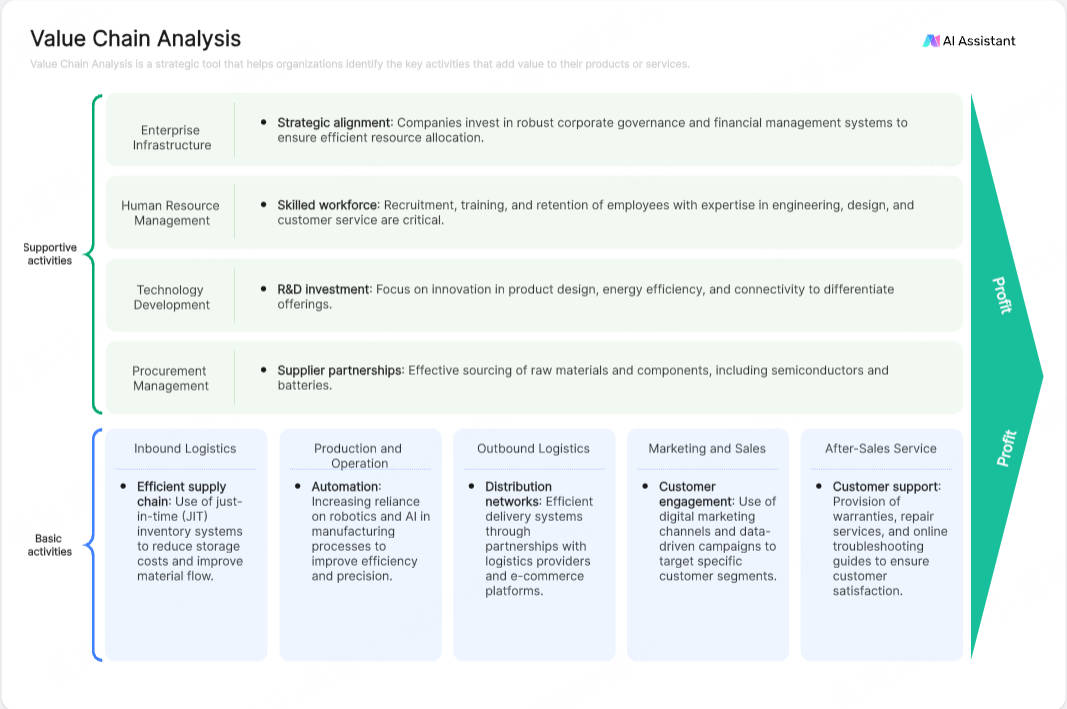
A well-known electronics company seeks to locate production delays and logistics bottlenecks. Following an analysis of demand projections and historical shipping data, the AI model recommended the implementation of a Just-In-Time (JIT) inventory system, which would allow the business to make real-time adjustments to inventory and procurement decisions and integrate robots into the manufacturing process to expedite delivery times and cut costs.
🔹 Logistics and Transportation: Route optimization and predictive maintenance

AI value chain analysis is used by a multinational logistics company to increase fleet efficiency. AI forecasts maintenance requirements prior to malfunctions by gathering real-time vehicle data. Simultaneously, it takes into account segmenting collaboration with distribution centers, which lowers operating costs while increasing delivery accuracy. Estimates indicate that yearly cost reductions of up to 18% can be achieved by modifying logistics routes and supplier pairings.
The Bottom Line
In addition to facilitating the rapid and simple creation of value chains, Boardmix offers an endless canvas that allows you to easily incorporate flowcharts, strategic assessments, and other elements into your value chain. It helps managers completely comprehend value chain theory and optimize business architecture by graphically representing the operational features of the company.



